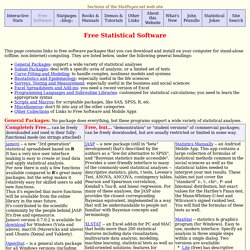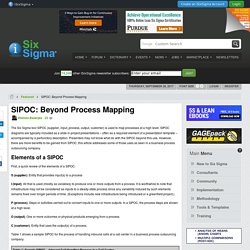

Topic: Office 365 and Workflow Patterns – Sigma Framework. The topic of the previous blog post – ISO and Six Sigma – came from the conversation with Mike Negami.

And this topic also came from the conversation with him because it was pretty hard to explain on the phone how I am using Office 365 in the Lean Six Sigma projects. So this post explains it with some pictures. Although I wrote this topic regarding to the Lean six Sigma project, the technique can be applied to any project if you use the Microsoft Office 365. 1. Background of using Office 365 in workflow patterns The lean six sigma project has five phases of DMAIC. The Measure/Analyze phases in manufacturing environment could be easier because tangible objects come through the process next by next. To reduce the burdens in the Measure/Analyze phases, I have started using the Office 365 combined with other software, and created some combination patterns (i.e., workflow patterns).
The combinations of Microsoft Office 365 tools with other software make the Measure and Analyze phases: 2. 3. 4. Six Sigma Approach Part I - Forum. Six Sigma Black Belt Certification, Lean Black Belt. Interactive Statistical Calculation Pages. This page contains links to free software packages that you can download and install on your computer for stand-alone (offline, non-Internet) computing.

They are listed below, under the following general headings: General Packages: support a wide variety of statistical analyses Subset Packages: deal with a specific area of analysis, or a limited set of tests Curve Fitting and Modeling: to handle complex, nonlinear models and systems Biostatistics and Epidemiology: especially useful in the life sciences Surveys, Testing and Measurement: especially useful in the business and social sciences Excel Spreadsheets and Add-ins: you need a recent version of Excel Programming Languages and Subroutine Libraries: customized for statistical calculations; you need to learn the appropriate syntax Scripts and Macros: for scriptable packages, like SAS, SPSS, R, etc. Online Statistics: An Interactive Multimedia Course of Study. Kano Model Analysis - Creativity Tools From MindTools.com. © GettyImagesAlexSava Find the features that will make your customers rejoice.

Imagine the scene: your innovation team is excited about next year's product upgrades. The ideas have been flowing and your people have come up with lots of new features for your firm's best-selling product. But, as project leader, you have some doubts. The cost of all the extra features will be considerable, and it will be very tough to deliver the finished product on budget and on time. This is where a tool like the Kano Model can be useful. In this article, we look at the origins and details of the Kano Model, and explore a five-step guide for using it to help you to develop a product or service that will delight your customers – without bankrupting your business! What is Kano Model Analysis? The Kano Model of product development and customer satisfaction was published in 1984 by Dr Noriaki Kano, professor of quality management at the Tokyo University of Science.
How Does the Kano Model Work? 1. 2. 3. SIPOC: Beyond Process Mapping. The Six Sigma tool SIPOC (supplier, input, process, output, customer) is used to map processes at a high level.

SIPOC diagrams are typically included as a slide in project presentations – often as a required element of a presentation template – accompanied by a perfunctory description. Presenters may not know what do with the SIPOC beyond this use. However, there are more benefits to be gained from SIPOC; this article addresses some of those uses as seen in a business process outsourcing company. Elements of a SIPOC First, a quick review of the elements of a SIPOC: S (supplier): Entity that provides input(s) to a process I (input): All that is used (mostly as variables) to produce one or more outputs from a process. P (process): Steps or activities carried out to convert inputs to one or more outputs. O (output): One or more outcomes or physical products emerging from a process. What Makes a Six Sigma Project Successful? By Joseph G.

Voelkel Suppose you just completed a Six Sigma project on which you were either a Champion, a belt (Master Black Belt, Black Belt or Green Belt) or a team member. You are now in a lessons learned meeting and have been asked to give your opinion on the project. You can be totally honest at this meeting; your voice will be electronically modified, and your notes will be transcribed, so flinching is not a concern.
Rice Virtual Lab in Statistics (RVLS) Partial support for this work was provided by the National Science Foundation's Division of Undergraduate Education through grant DUE 9751307.

Any opinions, findings, and conclusions or recommendations expressed in this material are those of the author(s) and do not necessarily reflect the views of the National Science Foundation. Last updated: 07/03/2018 19:56:11 Permissions Permission is granted to link to any portion of the Rice Virtual Lab. The applets in the simulations/demonstrations are hereby in the public domain and can therefore be used without restriction. The following are zip archives.
If you wish to copy and/or distribute any portion of the Case Studies, or the Analysis Lab, please contact David Lane. Credits.